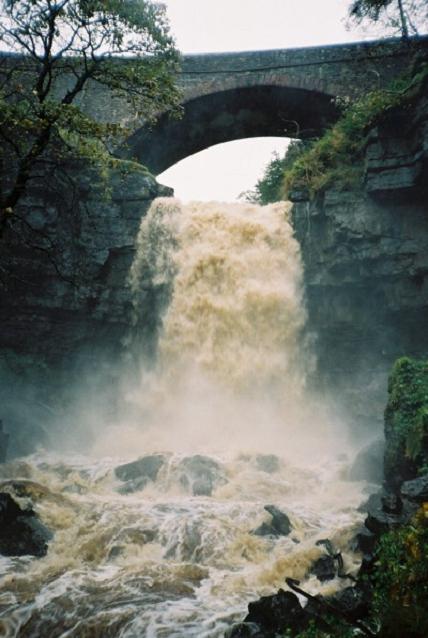Ed Baker FLS ARCS

I am an interdisciplinary researcher investigating how technology can be used to monitor biodiversity, in particular using bioacoustic and ecoacoustic approaches.
Latest publications
A Gateway to Nature: The Urban Research Station at London’s Natural History Museum
Catalysts for change: Museum gardens in a planetary emergency
Bioacoustic and Ecoacoustic Data in Audiovisual Core
Good practice guidelines for long-term ecoacoustic monitoring in the UK
Latest blog posts
- Announcing ReVAMP: Bringing Vamp Audio Analysis Plugins to R
- Urban Nature Project Wins Gold at Wood Awards
- Voices for Change: A Night of Climate Action
- AI has an ASCII grasshopper problem
- Urban Nature Project Wins Landscape Institute Award
Talks
22/04/2025 - Urban Research Station
03/03/2025 - Impacts of Urban Noise
22/01/2025 - TDWG Kingston Biodiversity Network
05/12/2024 - NHM x Natural England
08/11/2024 - Digital Dimensions of Nature Recovery
Notes
Some thoughts on:
Ashgill Force
Geology
Ashgill Force falls where the South Tyne River breaks through the Scar Limestone. The limestone rests on softer shales that are more easily eroded and creates the undercut behind the waterfall (the undercut is similar to that at Gilbert’s Cave).
Etymology
Force is an evolution of the Old Norse foss for waterfall.
Ashgill Force Level
Part of the Ashgill Fields Mine, a lead mine operated from 1818 to 1882.
Waterfall

References
Ashgill from Garrigill Geotrail - North Pennines National Landscape